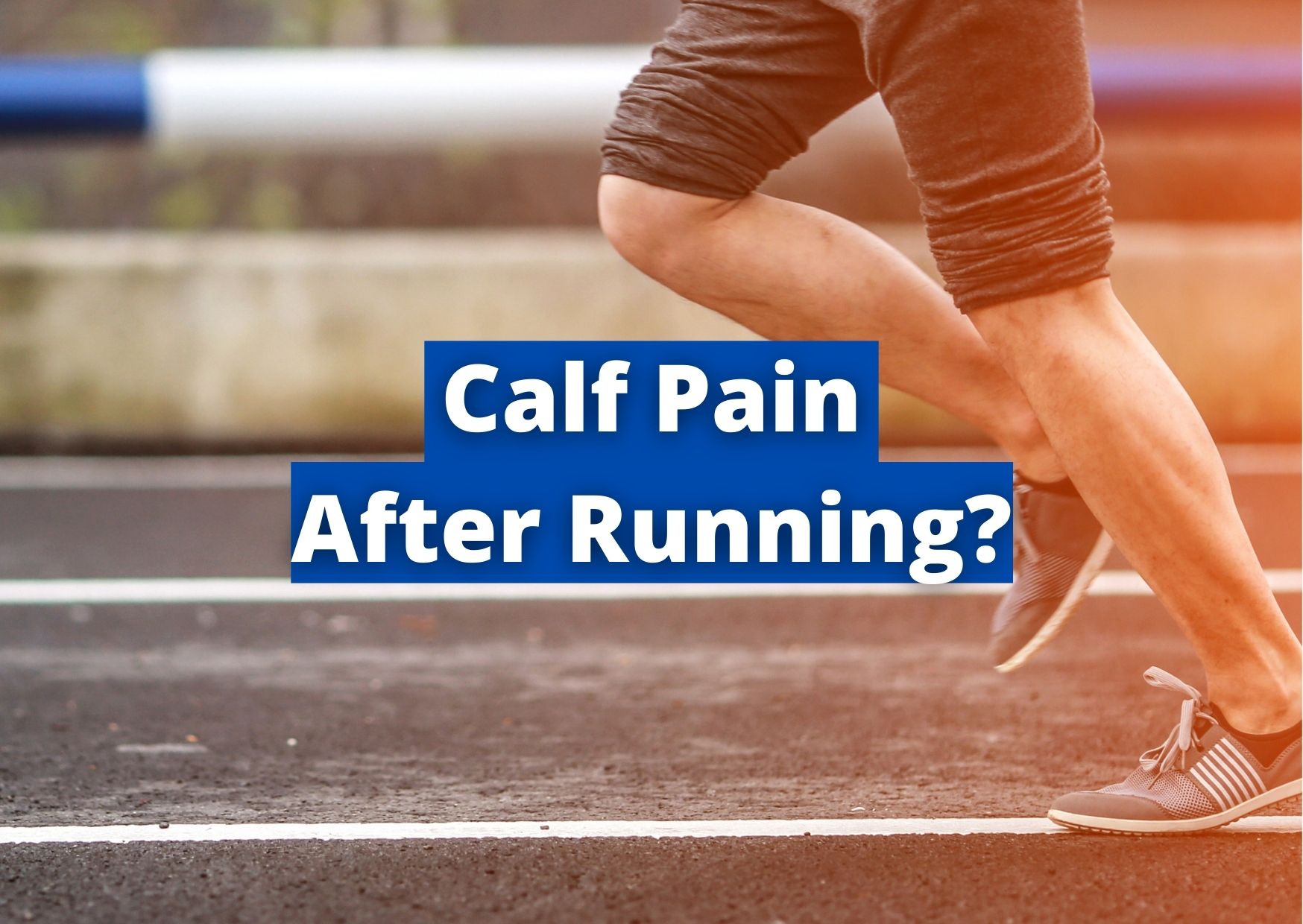Calf Pain After Running? 4 Reasons Why!
Calf pain can have a significant impact on your running whether you’re a new or long-time
runner. It is usually hard to know exactly when and how the pain started. It can feel like the
pain came out of nowhere without any particular run to blame.
It is important to know what is going on and why so you can manage and prevent calf pain.
Continue reading if this is something you experience.
We will break down 4 reasons why you may be suffering from calf pain when you don’t have
to!
Too much pressure on the calf
Calf pain can be a consequence from overloading your calf muscles. Despite their strength,
calf muscles do have a ‘breaking point’, which can be determined by factors such as force
and flexibility. Exceeding this line means exceeding your calves’ capability of performing
safely without injury.
You could be exceeding your calves breaking point from a sudden increase in training time
over a short period of time. This could be going for a very long run that you don’t usually do.
Or increasing your duration of exercise without having the strength to handle it.
The good news is that your strength and flexibility can change. You can increase your
breaking point. Start with short runs and slowly build them up to longer and more intense to
avoid overworking your calf muscles.
Calf strengthening exercises can also be beneficial
such as single-leg heel raise or straight-leg calf raise.
Your muscles are too tense
Similar to the first point, calf pain could be a result from your muscles being too tense or
restricted. This means you have to slowly increase the muscle flexibility.
Calf flexibility is important and should not be overlooked. You should gently stretch the calf
prior to running through exercises such as mini squats, lunges, and wall presses.
It is also important to not overwork your muscles through performing more than your
muscles can handle. Start with short, low intensity runs. Gradually, you can increase the
intensity and duration of your runs.
A Sports Massage can also be beneficial to address tight muscles. This type of therapy
combats the effects of tight muscles and muscular tension. Find out more here
Running shoes
Most runners these days know about the “minimalist” shoes, which are supposed to make
you run more naturally. Minimalist shoes have no heel to toe drop, meaning that your foot
is essentially flat.
Minimalist shoes may force you to run more on your toes putting a lot of pressure on your
calves. This forces most people to change their running style.
First time runners buying minimalist shoes may not realise that they have to slowly ease into
the new shoes. Initially doing only short runs is crucial to transition to flat shoes!
DOMS after exercise
DOMS stands for delayed onset muscle soreness. This is a rather common occurrence but
not a standard one by any means. Some get it and others do not.
DOMS appears 12 to 48 hours after a workout and is characterized by tenderness and
stiffness of the muscles. The discomfort is caused by micro-tears of muscle tissue for the
simple reason of resisting gravity.
The good news is that DOMS will only affect you for around 2 weeks while you are adapting
to the new form of muscle loading.

